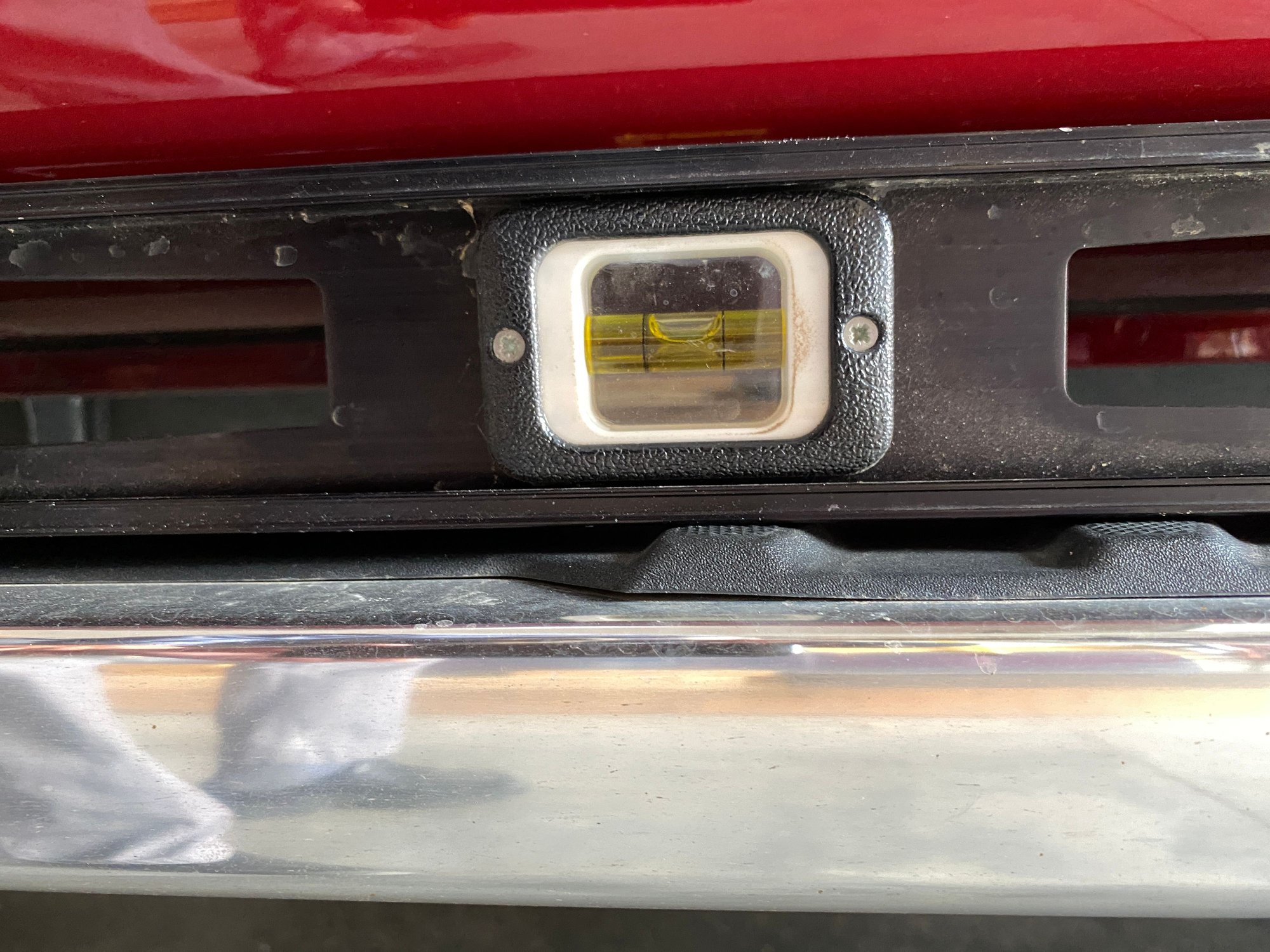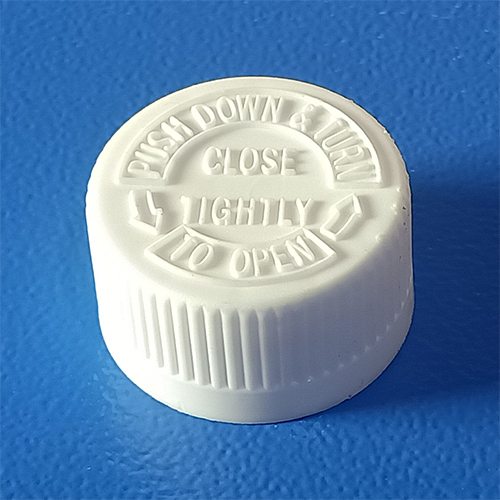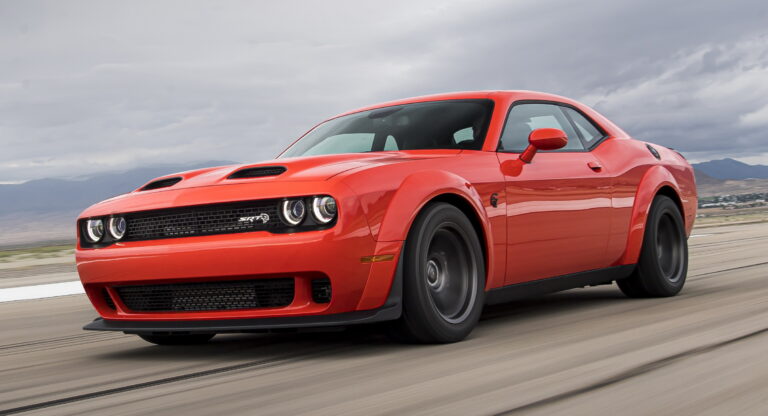Measuring Truck Cap: A Comprehensive Guide to Achieving the Perfect Fit
Measuring Truck Cap: A Comprehensive Guide to Achieving the Perfect Fit cars.truckstrend.com
A truck cap, also known as a truck topper or truck shell, is a versatile accessory that transforms your open truck bed into a secure, enclosed, and weather-protected storage area. Whether you’re a contractor needing to secure tools, an outdoor enthusiast hauling camping gear, or simply looking for added cargo space, a truck cap offers immense utility. However, the success and satisfaction derived from your truck cap hinge almost entirely on one critical factor: accurate measurement.
Imagine investing in a beautiful, high-quality cap only to find it doesn’t quite fit – it’s either too long, too short, too wide, or leaves unsightly gaps. This not only compromises its functionality and aesthetic appeal but can also lead to weather damage, security vulnerabilities, and even potential damage to your truck. This comprehensive guide will walk you through everything you need to know about measuring for a truck cap, ensuring a seamless fit, maximum utility, and long-term satisfaction.
Measuring Truck Cap: A Comprehensive Guide to Achieving the Perfect Fit
Why Accurate Measurement is Paramount
The importance of precise measurement for your truck cap cannot be overstated. It’s the foundation upon which a successful purchase and installation are built.
- Perfect Fit and Aesthetics: A cap that perfectly matches your truck’s bed lines looks integrated, not like an afterthought. It enhances the vehicle’s overall appearance and maintains its resale value.
- Optimal Weather Sealing: Correct dimensions ensure that the cap’s seal compresses properly against your truck’s bed rails, keeping out rain, snow, dust, and other elements, protecting your valuable cargo.
- Enhanced Security: A snug fit minimizes gaps, making it much harder for unauthorized access. Loose-fitting caps can be pried open more easily.
- Prevents Damage: An ill-fitting cap can rub against the truck bed’s paint, causing scratches and wear over time. It might also shift during transit, potentially damaging the cap itself or the cargo within.
- Cost Savings and Convenience: Getting the measurement right the first time avoids the hassle, cost, and time wasted on returns, exchanges, or modifications. Shipping large items like truck caps can be expensive, and dealing with a wrong order is a significant inconvenience.
- Safety: A cap that doesn’t fit correctly could obstruct your view or even shift during sudden stops or turns, posing a safety risk.

Essential Tools for the Job

Before you begin, gather the right tools. Having them ready will make the process smoother and more accurate.
- Steel Measuring Tape: This is your most important tool. A steel tape measure, at least 25-35 feet long, is recommended over cloth or flexible tapes because it offers greater rigidity and accuracy, especially over longer distances.
- Pencil or Marker: For jotting down measurements.
- Paper or Notepad: To record all your findings. A structured sheet can be helpful.
- Helper (Optional but Recommended): An extra set of hands can make measuring long distances, especially widths, much easier and more accurate.
- Cleaning Supplies: A rag and some cleaner to wipe down the bed rails, ensuring clear, unobstructed surfaces for measurement.
- Flashlight: Useful for checking dark corners or under bed rails if needed.

Step-by-Step Guide to Measuring Your Truck Bed for a Cap
This detailed guide will ensure you capture all necessary dimensions for a perfect truck cap fit.
Step 1: Prepare Your Truck Bed
- Clear the Bed: Remove any cargo, tools, or debris from the truck bed.
- Clean the Rails: Wipe down the top surfaces of your truck bed rails where the cap will sit. Ensure they are free of dirt, grime, or obstructions.
- Close Tailgate: Make sure your tailgate is fully closed and securely latched. All measurements for length should be taken with the tailgate in its closed position.
- Check for Bed Liners/Rail Caps: Note if you have a drop-in bed liner or aftermarket bed rail caps. These can sometimes slightly alter dimensions or require specific cap designs.
Step 2: Measure Bed Length
This is arguably the most critical measurement.
- Starting Point: Place the end of your steel measuring tape firmly against the inside edge of the bulkhead (the front wall of your truck bed, closest to the cab). Ensure the tape is centered and running straight along the top of the bed rail.
- Ending Point: Extend the tape measure all the way to the inside edge of the top of your closed tailgate.
- Measurement: Read the exact measurement in inches. It’s common for truck beds to be referred to in feet (e.g., 5.5 ft, 6.5 ft, 8 ft), but manufacturers often work with precise inch measurements for caps. For example, a "6.5-foot bed" might actually measure 78.5 inches. Always use the precise inch measurement you obtain.
- Repeat: Measure at least two or three times to ensure consistency.
Step 3: Measure Bed Width (Front)
Truck beds often taper slightly from front to back. Measuring both ends ensures the cap’s base is correctly sized.
- Location: Measure the outside width of the truck bed rails at the bulkhead (the front of the bed).
- Method: Place the tape measure across the widest point, from the outermost edge of one bed rail to the outermost edge of the opposite bed rail.
- Record: Note this measurement down accurately.
Step 4: Measure Bed Width (Rear)
- Location: Measure the outside width of the truck bed rails at the tailgate (the rear of the bed).
- Method: Similar to the front width, measure from the outermost edge of one bed rail to the outermost edge of the opposite bed rail.
- Record: Note this measurement. You’ll likely find a slight difference from the front width.
Step 5: Measure Cab Height (for Cab-High Caps)
If you desire a "cab-high" cap that aligns perfectly with your truck’s cab roofline, this measurement is crucial for aesthetics.
- Method: Measure vertically from the top of your truck’s bed rail straight up to the highest point of your truck’s cab roofline. Take this measurement at multiple points along the cab’s length (e.g., front, middle, rear) to account for any slight variations in cab height or roof contours.
- Consider Antennas/Roof Racks: If you have any accessories on your cab roof, such as antennas, satellite radio fins, or roof racks, ensure your measurement accounts for them or that the cap you choose will clear them.
Step 6: Note Truck Make, Model, Year, and Trim
Beyond physical measurements, providing accurate vehicle information is paramount.
- Full Details: Write down your truck’s exact Make, Model, Year, Cab Style (e.g., Crew Cab, Extended Cab, Regular Cab), and Bed Length Designation (e.g., Short Bed, Standard Bed, Long Bed).
- VIN Number: Some manufacturers or dealers might ask for your Vehicle Identification Number (VIN) to cross-reference precise factory specifications for your truck bed.
Important Considerations and Tips
- Precision is Key: Always measure to the nearest 1/8th or 1/16th of an inch. Even small discrepancies can lead to fitment issues.
- Measure Multiple Times: Don’t rely on a single measurement. Take each measurement at least twice, or even three times, to ensure consistency. If they differ, re-measure carefully until you get consistent results.
- Manufacturer Specifications: While your measurements are critical, always verify them against the cap manufacturer’s recommended dimensions for your specific truck model. Many manufacturers have proprietary lists of truck bed dimensions.
- Aftermarket Bed Liners or Rail Caps: Drop-in bed liners or aftermarket rail caps can add thickness to your bed rails, potentially altering the effective dimensions. Inform your cap dealer if you have these, as some caps are designed to accommodate them, or modifications might be needed.
- Cab-High vs. Higher-Rise Caps: Your measurement of cab height is primarily for aesthetic matching. If you want a higher-rise or commercial cap, the exact cab height is less critical for fit, but still good to note for overall appearance.
- Specialty Beds: If your truck has a flareside, stepside, or other non-standard bed design, these require very specific cap models and measurements. Do not assume standard dimensions apply.
- Take Photos: Taking photos of your measurements with the tape measure in place can be a helpful visual reference if you need to consult with a dealer.
Types of Truck Caps and How Measurement Relates
The type of truck cap you choose will influence how strictly certain measurements apply.
- Cab-High Caps: These are designed to align perfectly with the height of your truck’s cab, creating a sleek, integrated look. Precise bed length, front width, and rear width are critical, as is the cab height measurement for aesthetic matching.
- Mid-Rise Caps: Slightly taller than the cab, these offer increased cargo volume without being overly bulky. Bed length and width are still paramount, but the exact cab height match is less critical, allowing for more vertical space.
- High-Rise/Commercial Caps: Significantly taller than the cab, these maximize cargo capacity, often used by tradespeople. While bed length and width are still essential for the base, the overall height is a functional choice rather than an aesthetic match to the cab.
- Wedge-Style Caps: These caps are lower at the cab and rise towards the tailgate. They require careful attention to both front and rear bed widths, as the cap’s design accommodates the natural taper of the truck bed.
Practical Advice and Actionable Insights
- Don’t Guess: Never assume your truck’s bed length based on its model name (e.g., "short bed" can vary). Always measure.
- Consult the Experts: If you’re unsure at any point, take your measurements to a reputable truck cap dealer or installer. They have experience and often access to manufacturer-specific fitment guides. Many will even offer to measure your truck for you, especially if you purchase a cap from them.
- Verify VIN: Provide your VIN to the dealer. This allows them to use precise factory data to confirm compatibility.
- Factor in Accessories: Think about anything you plan to add to the cap (e.g., roof rack, ladder rack) or your truck bed (e.g., toolboxes that sit on the rails) that might interfere with the cap’s fit or function.
Concluding Summary
Measuring your truck bed for a new cap is a fundamental step that directly impacts your satisfaction with the product. It’s a process that demands patience and precision, but the effort is well worth it. By following the step-by-step guide, using the right tools, and paying attention to crucial details like bed taper and cab height, you can confidently order a truck cap that fits like a glove. A perfectly measured and installed truck cap is more than just an accessory; it’s an investment in the functionality, security, and aesthetic appeal of your vehicle, ensuring years of dependable service.
Table of Associated Costs for Measuring and Acquiring a Truck Cap
While the act of "Measuring Truck Cap" itself is typically a free, DIY process, there are associated costs for the tools required and potential services or the product itself.
| Item/Service | Description | Estimated Cost Range | Notes |
|---|---|---|---|
| Steel Measuring Tape | Essential tool for accurate length and width measurements (25-35 ft) | $15 – $50 | Durable, rigid, and precise; a good investment for future projects. |
| Notepad & Pencil | For meticulously recording all dimensions. | $5 – $10 | Simple, but crucial for organized data collection. |
| Professional Measurement Service | Offered by some truck cap dealers/installers to ensure accuracy. | $0 – $75 | Often waived or complimentary if you purchase the cap from them; peace of mind for complex situations. |
| DIY Measurement Time | Your personal time investment in carefully measuring your truck bed. | Free | Requires attention to detail and patience, but saves on potential service fees. |
| Cab-High Truck Cap | Example cost for the actual product, matching cab height. | $1,500 – $3,000+ | Varies widely based on material (fiberglass, aluminum), features (windows, locks, lights), and brand. |
| Mid-Rise/High-Rise Truck Cap | Example cost for the actual product, offering more cargo space. | $1,800 – $4,000+ | Generally higher due to increased material and complexity, often includes commercial-grade features. |
| Professional Installation Service | Cost to securely mount, seal, and wire (if applicable) the truck cap. | $100 – $300 | Highly recommended for proper fit, weather sealing, and warranty validity; ensures electrical connections. |
| Truck Bed Liner (if needed) | Can affect cap fit; sometimes needs trimming or specific cap compatibility. | $150 – $500 | Consider if you plan to install one before measuring for the cap. |
Frequently Asked Questions (FAQ) about Measuring Truck Caps
Q1: Why can’t I just use my truck’s model year and make to find the right cap?
A1: While your truck’s model, year, and make are essential, they don’t always guarantee an exact fit. Truck manufacturers often produce various bed lengths (short, standard, long) and bed styles (e.g., flareside vs. standard) within the same model year. Aftermarket bed liners or rail caps can also slightly alter dimensions. Precise measurements ensure you get the exact cap for your specific vehicle configuration.
Q2: Do I measure the inside or outside of the truck bed rails for length and width?
A2: For bed length, you measure from the inside of the bulkhead (front of the bed) to the inside of the closed tailgate, along the top of the bed rails. For bed width, you measure the outside width of the bed rails, both at the front (bulkhead) and the rear (tailgate), as caps typically sit over the rails.
Q3: What if my truck has a drop-in bed liner or aftermarket rail caps?
A3: It’s crucial to note these accessories. Drop-in bed liners can sometimes alter the effective dimensions or interfere with the cap’s clamping system. Aftermarket rail caps add thickness. Inform your truck cap dealer about these. They may recommend specific cap models designed to accommodate them, or suggest minor modifications. Always measure with these accessories in place if they are permanent.
Q4: Should I measure with the tailgate up or down?
A4: Always measure the bed length with the tailgate fully closed and securely latched. This is the position it will be in when the truck cap is installed.
Q5: What’s the most common mistake people make when measuring for a truck cap?
A5: The most common mistake is not accounting for the slight taper in truck bed widths from front to back, or not measuring precisely enough (e.g., rounding up or down too much). Another common error is measuring the bed floor instead of the top of the bed rails for length.
Q6: Can I use a flexible fabric tape measure for this?
A6: While you can use one, it’s not recommended. Flexible fabric tapes can stretch or sag, leading to inaccurate measurements, especially over longer distances. A rigid steel tape measure provides far greater precision and is less prone to error.





